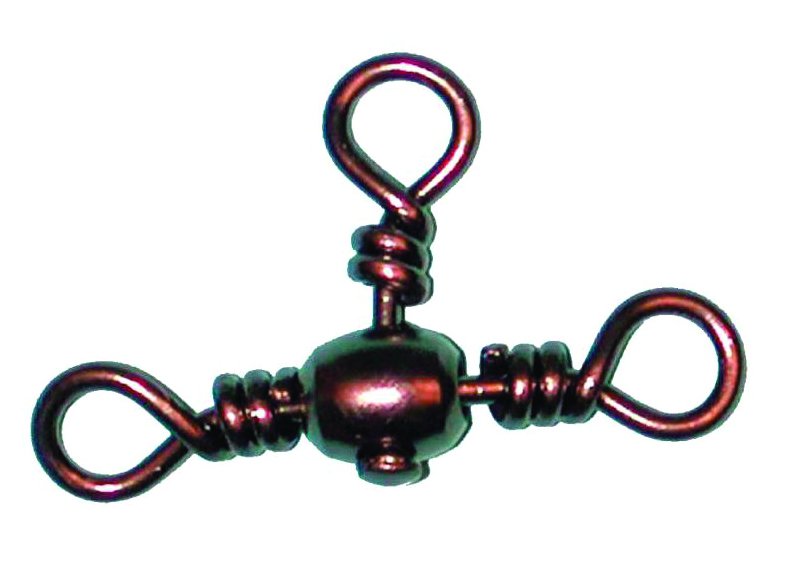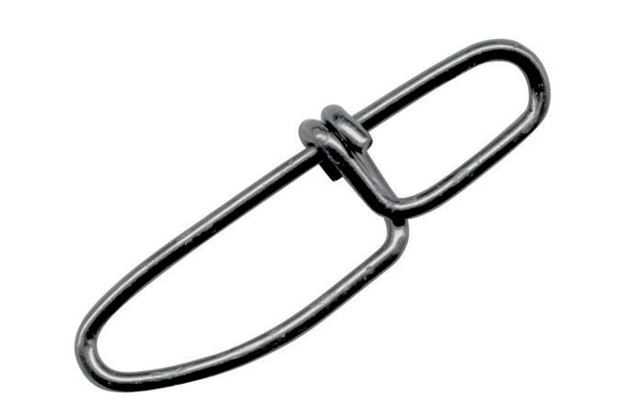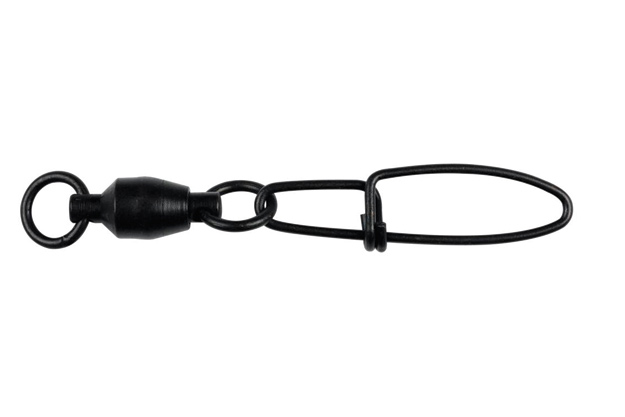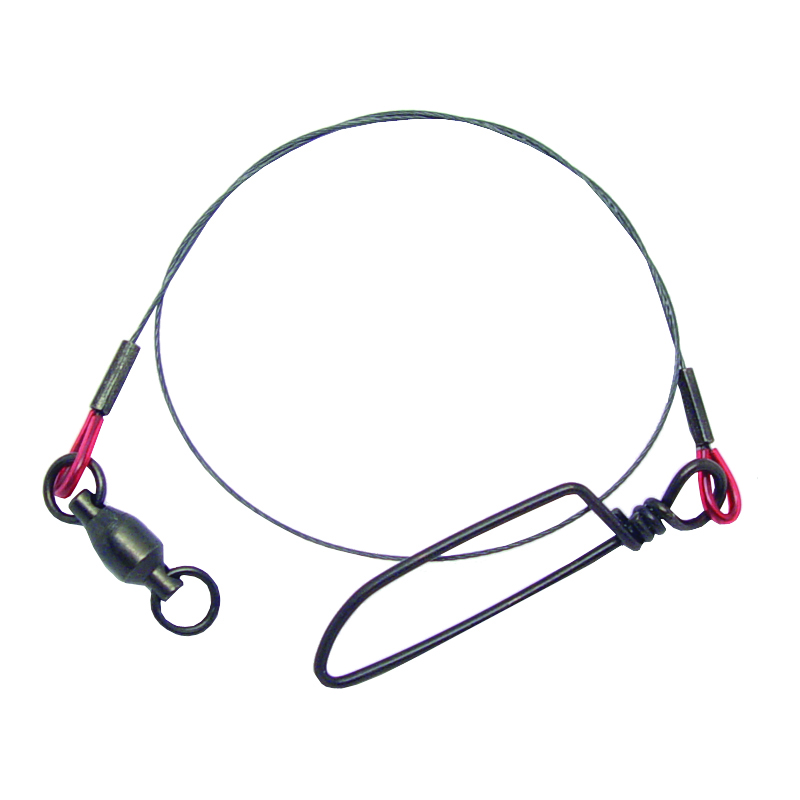Advertisement
Not only do snaps and swivels allow you to quickly change lures, they can also enhance your bait’s action. But if you tie on the incorrect attachment for the situation at hand, you can actually hurt your chances of catching fish. The same goes with using poorly made terminal tackle. Here’s how to properly use the most common line-to-lure connectors.
Snap swivels
Advertisement
One of the most popular and useful attachments, the snap swivel prevents your line from twisting when you’re using lures designed to rotate (most in-line spinners and spoons). Best is a good-quality, stainless steel ball-bearing snap swivel, which can cost anywhere from 75¢ to $3 apiece. Avoid cheaper versions with barrel swivels, as they typically can’t spin well enough to keep up with the lure’s rotations. The result? Line twist. Also avoid safety-pin-style snaps, which tend to open. Instead, choose models with a secure lock snap or a cross-lock snap made from a single piece of wire.
Snaps
Advertisement
Crankbait manufacturers put a great deal of effort into creating lures that swim just like baitfish to trigger predators to strike. But using a snap swivel when fishing crankbaits can affect the lure’s action, reducing its effectiveness. So for crankbaits, just use a snap instead. Best is a black, cross-lock model in the smallest suitable size for the lure you’re using.
Advertisement
Swivels
Swivels are commonly used as weight stoppers in live-bait or Carolina rigs, but that’s not all they’re good for. I use a ball-bearing swivel as backup when fishing a lure that rotates too fast for a snap swivel to keep up. I simply tie one side of the swivel to the main line, then attach a metre of line to the other side, and tie the snap swivel to the end of that.
Also known as triple-barrel swivels, these are useful for trolling deep water. Attach the main line to one ring, then on the bottom ring tie on 15 to 75 centimetres of monofilament attached to a sinker. This gets the rig down deep. On the remaining ring, tie on 50 to 150 centimetres of line attached to a spoon, crankbait, floating jig or even a streamer fly.
Wire leaders
I’m always shocked by how many anglers use steel leaders when fishing for trout, walleye or bass. You don’t need a wire leader unless you’re going after pike or muskies, which are the only freshwater fish with teeth sharp enough to cut fishing line. As with the other terminal tackle, use a quality leader with a stainless steel ball-bearing swivel and cross-lock snap.




